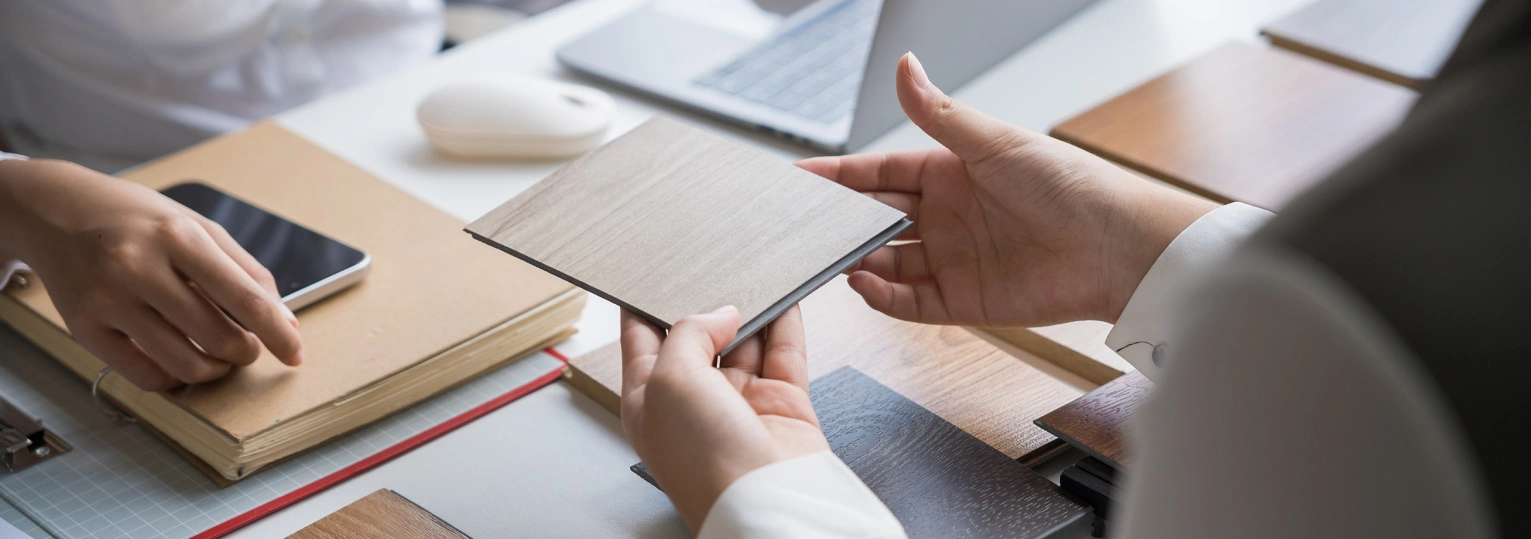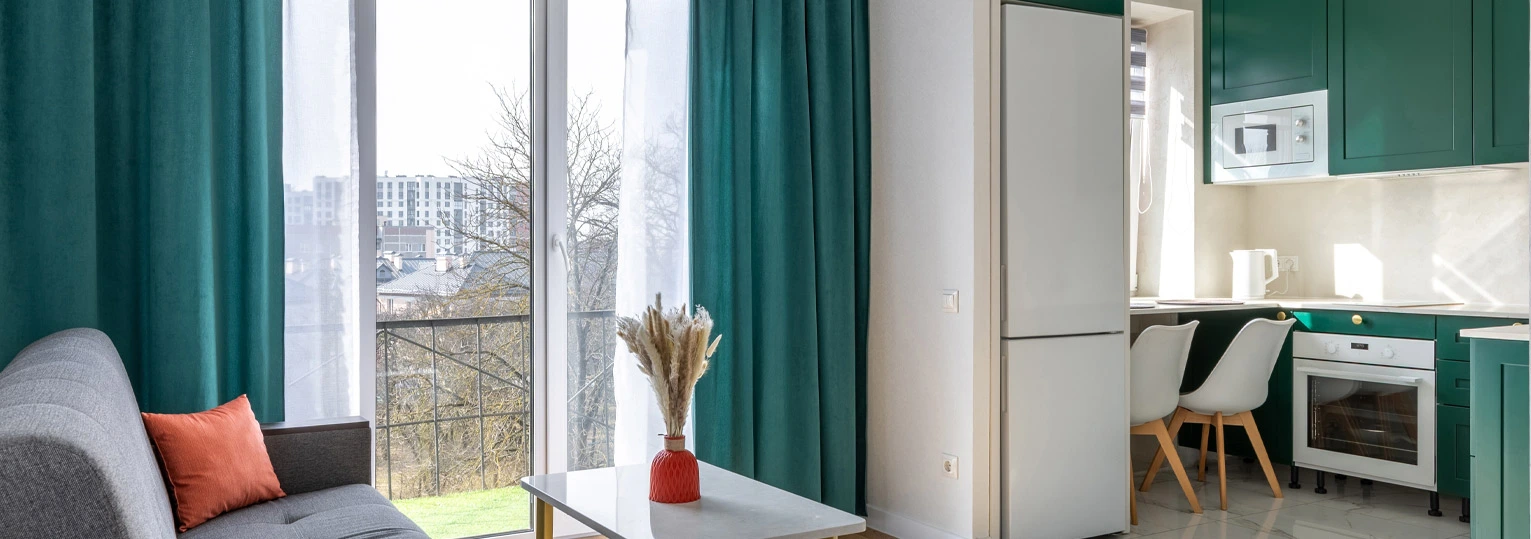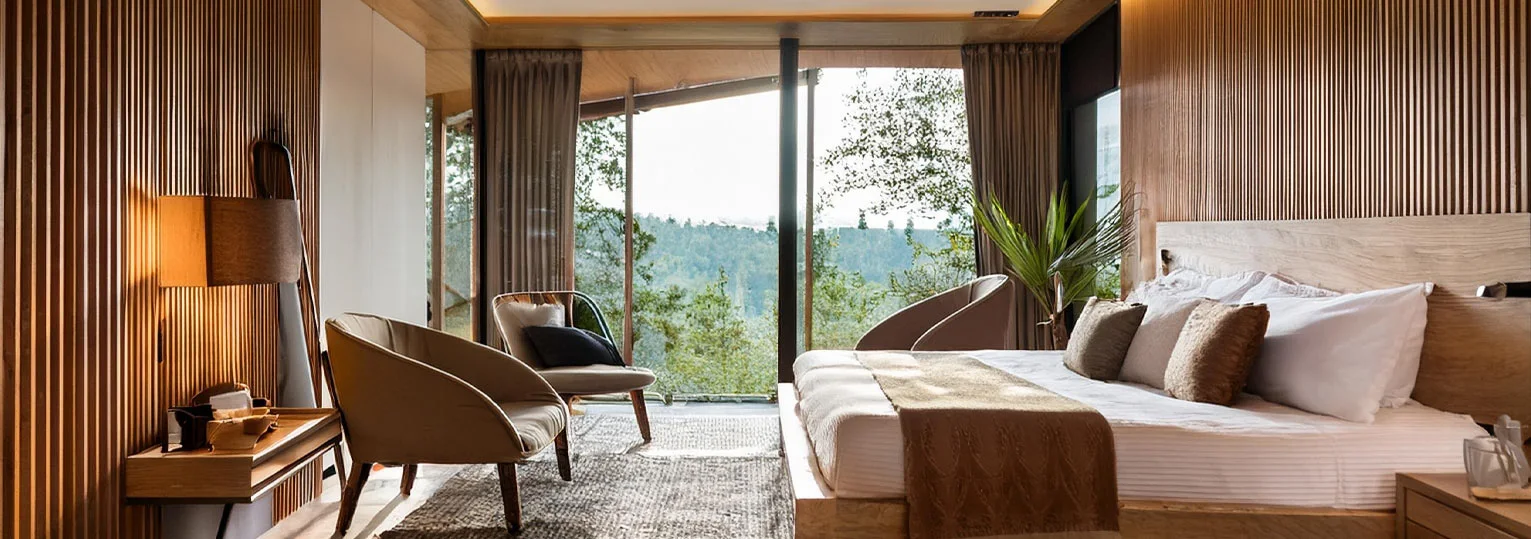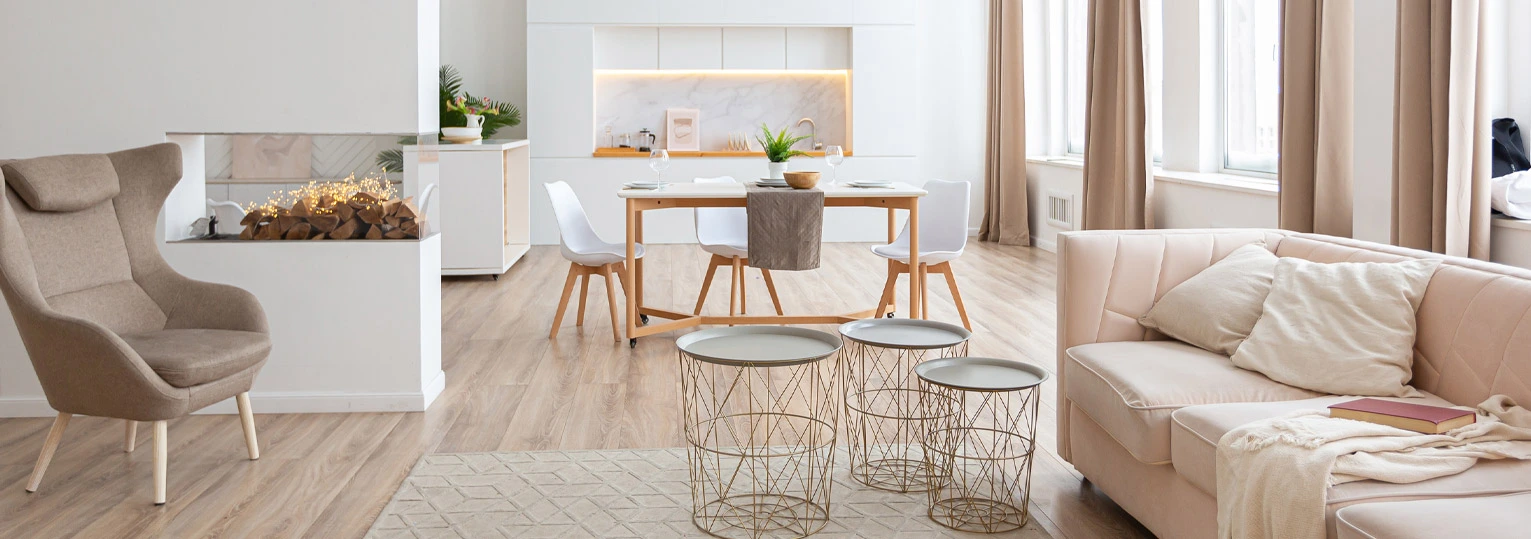3 minute read.
Kitchens are more than just cooking zones; they’re where stories are shared, late-night snacks are sneaked, and some of the best conversations happen over a cup of chai. But unlike trends that come and go, your kitchen should be built to last. Not just physically, but in the way it adapts to changing needs, styles, and routines over time.
Here’s how you can design a kitchen that not only looks beautiful today, but also holds up gracefully both functionally and aesthetically in the years to come.
Your layout is the backbone of your kitchen. While modular kitchens offer great flexibility, the focus should be on flow. Think about how you cook, how you move between the sink, stove, and fridge (often called the kitchen triangle), and whether you need an island or more counter space.
Instead of squeezing in too many cabinets or flashy features, keep things open and functional. A layout that gives you room to move and evolve as your lifestyle changes is what truly stands the test of time.
It’s tempting to go bold with colours or patterns, especially when something’s trending—but ask yourself: will you still love that mustard yellow two years from now? Timeless kitchens usually rely on a neutral base; think whites, greys, earthy tones because they offer a clean slate.
You can always bring in personality through changeable elements like backsplashes, bar stools, or decor. That way, even if your taste changes, your core design won’t need a full overhaul.
Some parts of the kitchen do more heavy lifting than others. Countertops, cabinetry, and hardware get used every single day. Skimping here might cost you more in the long run. Choose materials that are not just sturdy, but also easy to maintain. Quartz countertops, soft-close drawers, and moisture-resistant laminates are popular for a reason they hold up beautifully with time.
And remember, durability doesn’t have to mean dull. Many high-quality materials now come in beautiful finishes that blend style with strength.
We all have that one drawer that’s a black hole of unused kitchen gadgets. When designing your storage, think beyond just today’s needs. Go for deep drawers instead of just lower cabinets. Pull-outs and open shelves can be both stylish and practical especially when designed around your actual usage.
A well-planned pantry or utility section might feel like extra effort now, but you’ll thank yourself later when your lifestyle grows or your family expands.
Smart kitchens are great, but they can get dated quickly if you lock yourself into one system. Choose appliances and setups that are tech-forward but not tech-dependent. Under-cabinet lighting, built-in charging points, or motion-sensor faucets are all subtle upgrades that don’t feel intrusive.
The idea is to future-proof, not future-complicate.
At the end of the day, a kitchen that ages well isn’t just about materials and layouts it’s about you. Your rhythms, your habits, your memories. Leave room for personality and warmth, whether that’s a family photo wall, a cozy breakfast corner, or a little indoor herb garden by the window.
A well-designed kitchen doesn’t need a facelift every few years. With the right choices and a little foresight, it becomes a space that evolves with your story—stylish, sturdy, and always ready to welcome you home.



